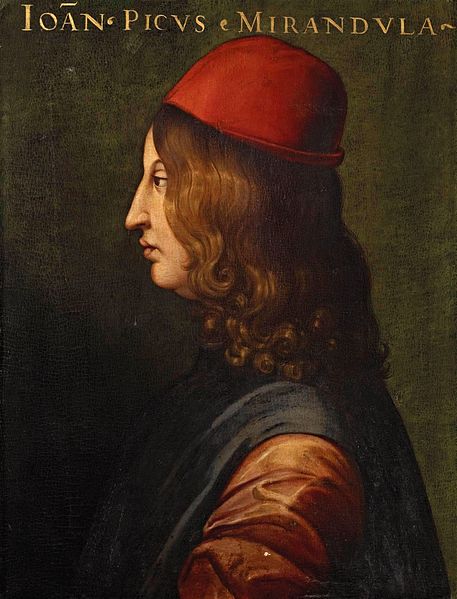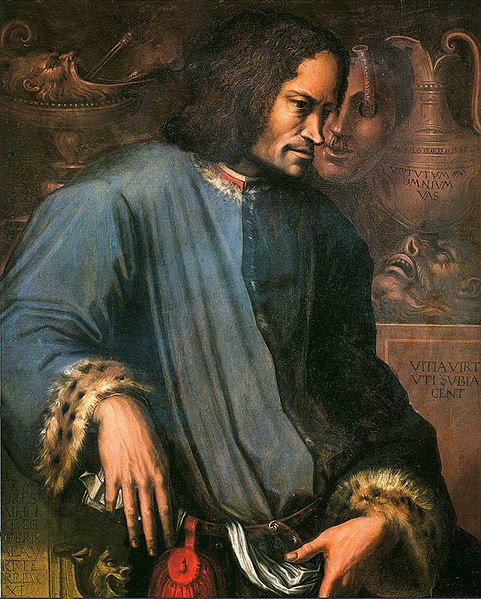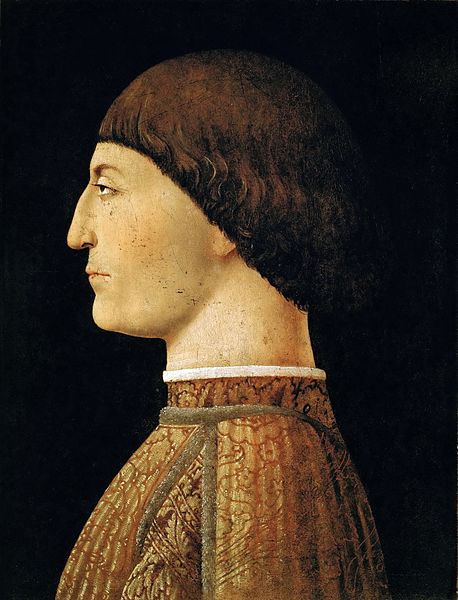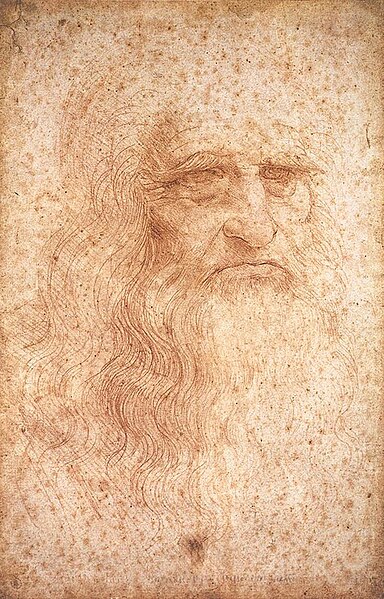Giovanni Pico della Mirandola
Giovanni Pico dei conti della Mirandola e della Concordia, known as Pico della Mirandola, was an Italian Renaissance nobleman and philosopher. He is famed for the events of 1486, when, at the age of 23, he proposed to defend 900 theses on religion, philosophy, natural philosophy, and magic against all comers, for which he wrote the Oration on the Dignity of Man, which has been called the "Manifesto of the Renaissance", and a key text of Renaissance humanism and of what has been called the "Hermetic Reformation". He was the founder of the tradition of Christian Kabbalah, a key tenet of early modern Western esotericism. The 900 Theses was the first printed book to be universally banned by the Church. Pico is sometimes seen as a proto-Protestant, because his 900 theses anticipated many Protestant views.
Portrait from the Uffizi Gallery, in Florence
Castle of Mirandola in 1976
The Childhood of Pico della Mirandola by Hippolyte Delaroche, 1842, Musée d'Arts de Nantes
Lorenzo de' Medici by Giorgio Vasari, c. 1533–1534
The Italian Renaissance was a period in Italian history covering the 15th and 16th centuries. The period is known for the initial development of the broader Renaissance culture that spread across Western Europe and marked the transition from the Middle Ages to modernity. Proponents of a "long Renaissance" argue that it started around the year 1300 and lasted until about 1600. In some fields, a Proto-Renaissance, beginning around 1250, is typically accepted. The French word renaissance means "rebirth", and defines the period as one of cultural revival and renewed interest in classical antiquity after the centuries during what Renaissance humanists labelled as the "Dark Ages". The Italian Renaissance historian Giorgio Vasari used the term rinascita ("rebirth") in his Lives of the Most Excellent Painters, Sculptors, and Architects in 1550, but the concept became widespread only in the 19th century, after the work of scholars such as Jules Michelet and Jacob Burckhardt.
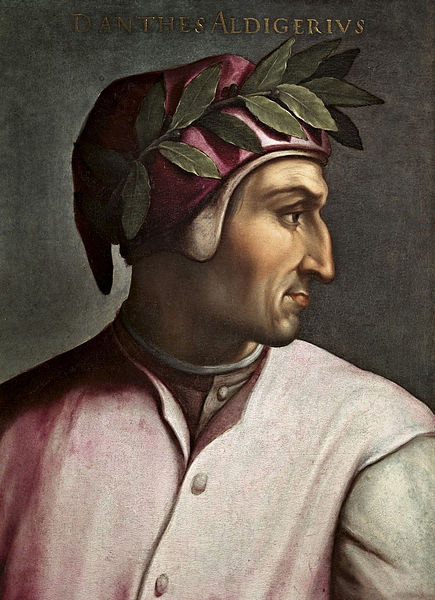
Portrait of Dante Alighieri by Cristofano dell'Altissimo, Uffizi Gallery Florence, 1552–1568
Pandolfo Malatesta (1417–1468), lord of Rimini, by Piero della Francesca. Malatesta was a capable condottiere, following the tradition of his family. He was hired by the Venetians to fight against the Turks (unsuccessfully) in 1465, and was the patron of Leone Battista Alberti, whose Tempio Malatestiano at Rimini is one of the first entirely classical buildings of the Renaissance.
Portrait of Cosimo de' Medici by Jacopo Pontormo (ca. 1518–1520)
Leonardo da Vinci, Italian Renaissance Man, 1512

